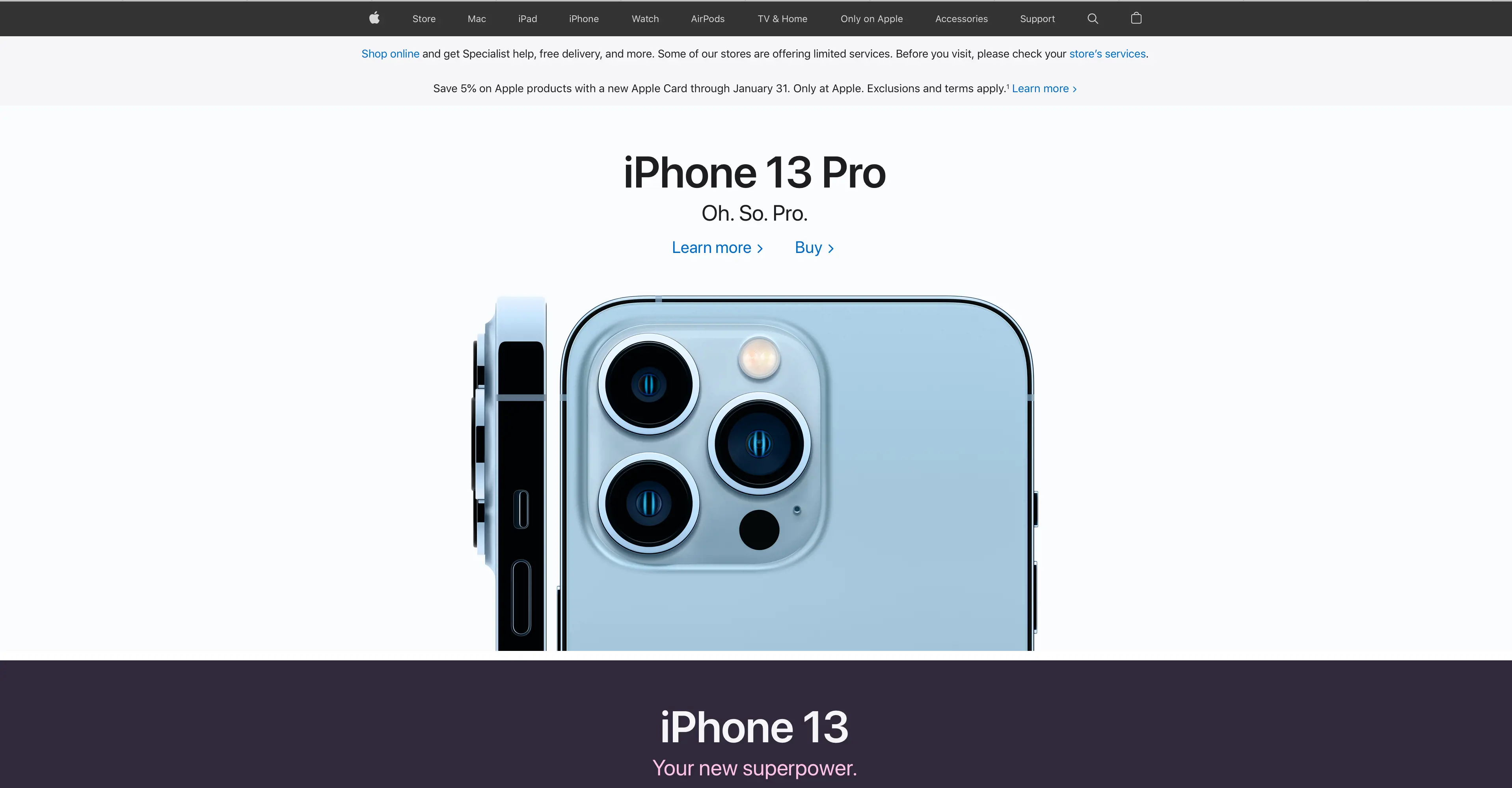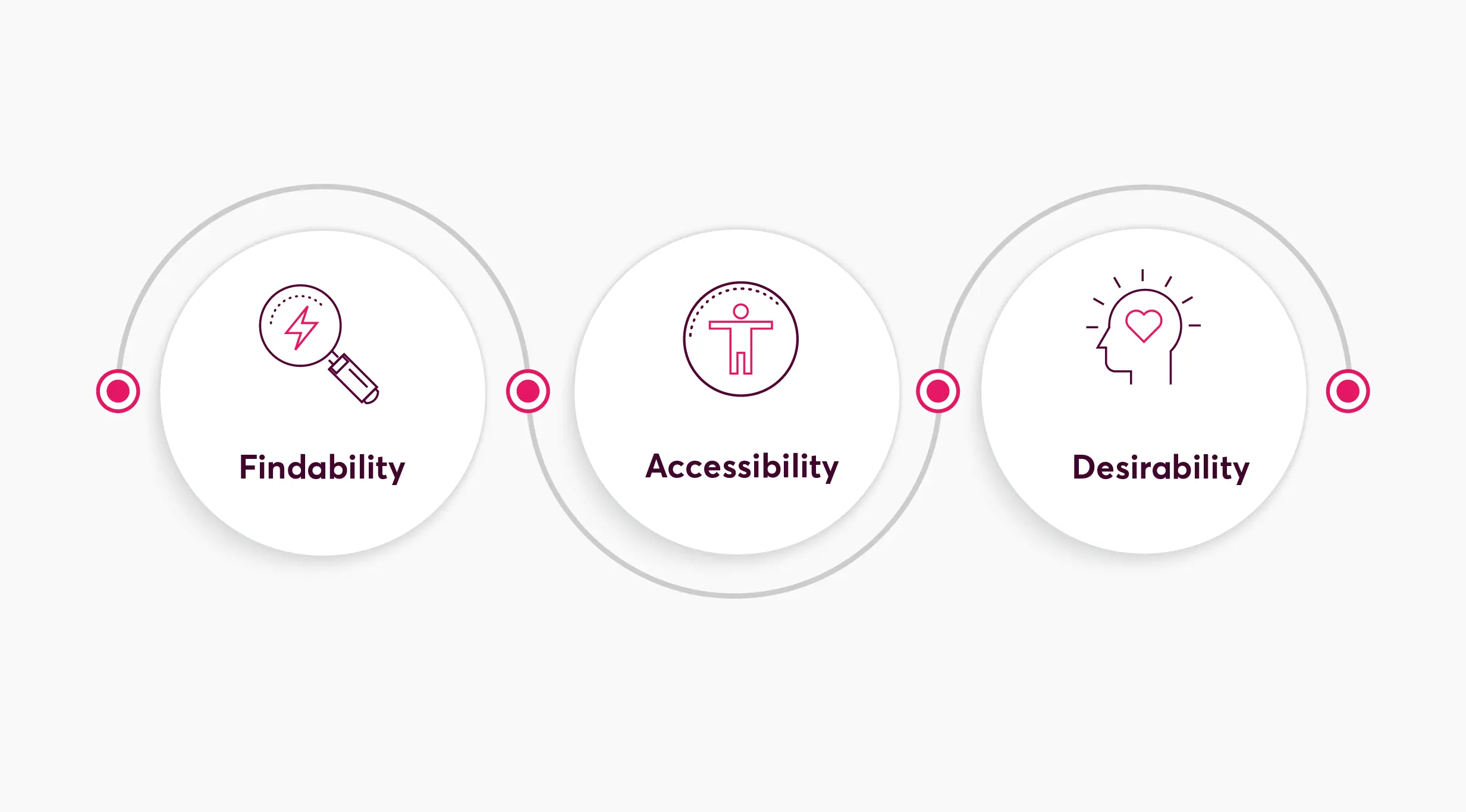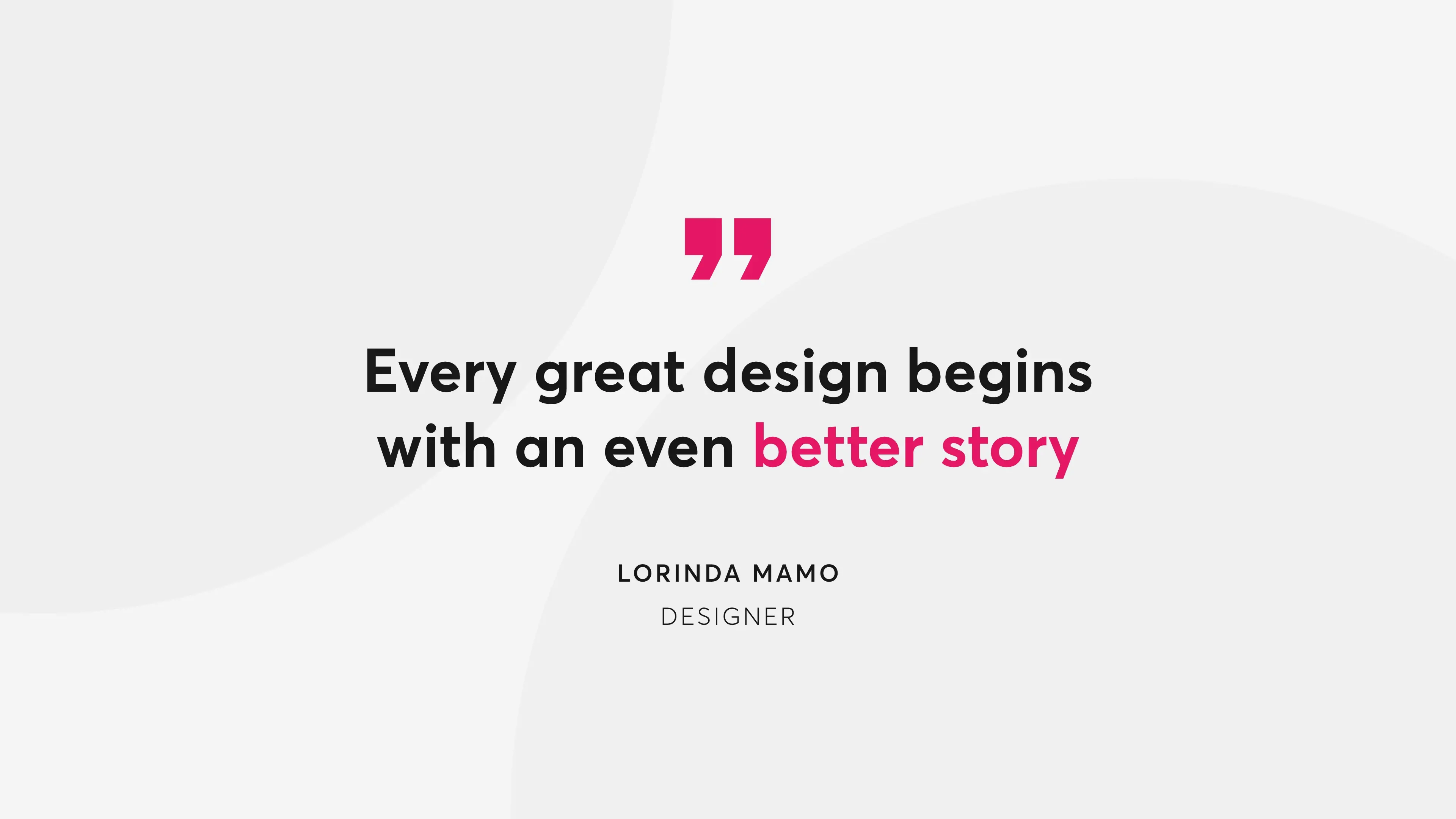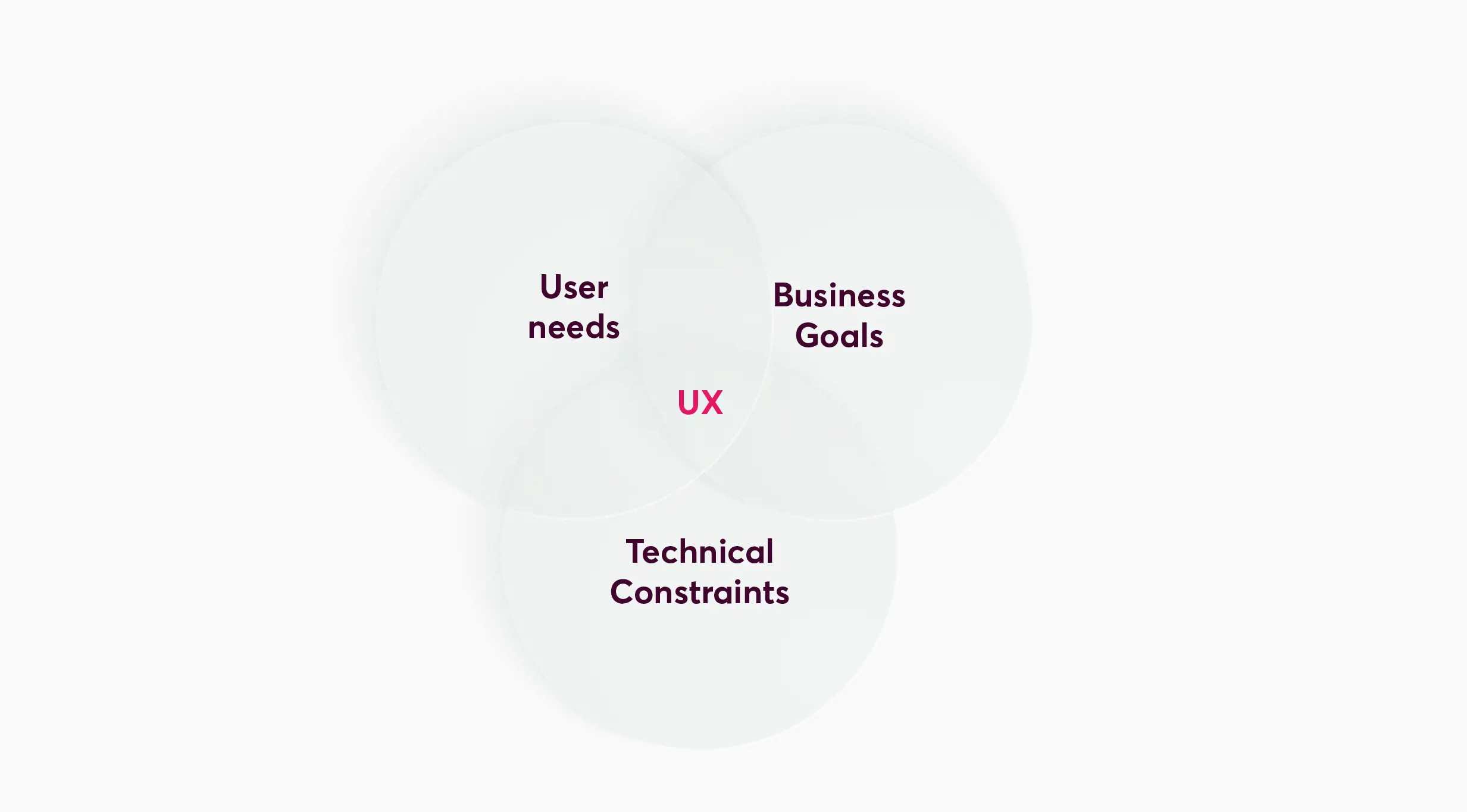The term user experience, or UX, is the latest buzzword in today’s commercial world, but what exactly does it mean and how do you master it? Put simply, user experience (UX) refers to the process of enhancing the user experience across all aspects of interaction with a product, service or company. It’s very similar to the customer experience, though the customer in this regard is the end-user of a website, mobile application or product.
Nowadays, with so many businesses jumping on the UX bandwagon, it’s no longer just a nice-to-have, but a must-have requirement to stay competitive. Without well informed UX and user-centric website design, it’s difficult to fulfil your user’s needs and keep them loyal to your brand.

You may understand all of this, but be unsure on your next steps; how do I get started in UX for websites and master the user experience altogether? Well, that’s where a solid UX strategy comes into play. In this blog post, we’ll talk you through why UX is so essential for websites today and how to build a UX strategy that puts your business at the top.
So, why is UX so important for websites?

Your users are the focal point of your business. After all, they’re the people researching, purchasing and using your product and/or service offering. For this reason, it’s essential to
have a deep understanding of your users’ behaviour, what they need, what they value and how they feel when they interact with your website.
UX is the key to understanding all of this.
When a customer reaches your website, they are immediately given the opportunity to form an opinion of your brand, whether from scratch or part of an existing view. This is because your website is the central experience for the digital representation of your brand. It’s a touchpoint, a first impression, and an opportunity to show the user exactly what, how and why you do what you do. So, the experience your website offers must be top-notch and able to complement user behaviour.
Put another way, user experience means better business results. This is because great UX design doesn’t just satisfy users on your website, but also helps to retain and nurture them in the long run. It’s all about putting the user first and creating meaningful experiences for them to enjoy; adopting this mindset means you’re likely to never disappoint your customers online again.
That’s all well and good, but without a UX strategy in place you may struggle to reap the full benefits of your UX investment.
What makes a successful UX strategy?

A UX strategy is a detailed plan to align a company’s brand identity with the desired user experience at every customer touchpoint. For websites, this means outlining how you want users to feel when navigating your website or building a roadmap to align your website’s experience with your company’s overall brand perception. For example, a splash page (an introductory screen on a website) may be a great option for a company known for their extravagant product launches. Apple does a very good job of this.

However, more than just aligning with your company’s brand identity, a successful UX strategy ensures that the business vision and user needs are matched. This means solving the right problem for target users throughout their experience with your website.
For instance, problems typically derive from three common user issues: the findability, accessibility and desirability of website content.

Findability refers to the idea that the content within your website must be easy to find. Users unable to find what they’re searching for will likely have a negative experience with your website, causing them to abandon their efforts to peruse your site.
Accessibility means ensuring that all potential users, including people with disabilities, have a positive user experience and can easily access the information on your website. Sadly, accessibility often gets lost in the mix when designing user experience, but without it, you are closing off your website to a segment of potential customers. Learn more about accessibility here.
Desirability is conveyed in design through branding, image, identity and aesthetics of a website. It’s the ‘wow factor’ that drives users to take action on your website. Put simply, the more appealing your website looks, the likelier the user will be to take the action your website wants users to take.
Each of these factors have great influence over user experience on websites; but they don’t stop there. There are many other factors that impact the experience users will have on your website. A successful UX strategy identifies the factors most relevant to a company’s specific users and tackles them predominantly.
How to create a successful UX strategy

A successful UX strategy should be decided on before design even begins, this way you’ll guarantee that your team receives direction for all aspects of UX design.
Start by discovering what it is your business wants to achieve. From here, you can uncover all possible user experiences in relation to this goal, using UX to reinforce the brand attributes and characteristics. Google does this a very good job of this; focused on the simplicity and speed of search, the Google homepage features nothing but the Google logo and a search bar. Through good UX, Google delivers this promise to its users in a clear and simple fashion.

If you’re business has several different objectives, try focusing on your organisation’s mission statement. Alternatively, you can define business strategy through stakeholder interviews. This way, you’ll ensure that your UX strategy addresses only the most essential brand and business attributes.
Just as important as business objectives is the needs of users. A successful UX strategy marries these two components to create an optimal user experience that satisfies both the business and the user.

User needs can be identified through the following research methods:
- Competitor research and analysis
- Market trends
- Industry data
- Performance data and web analytics
This step is all about taking that value you think and want your website to offer, and validating it with real users. If the data doesn’t back up that assumed value, take a step back and rethink your user experience altogether. Trial and error are key here.
There you have it! UX strategy 101 – it’s simple really; the crux of a successful UX strategy is to outline how to make users’ experience with your website meaningful and relevant, all whilst aligning the user experience with your overall company goals and objectives.
Novicell's collaboration with Revlon Professional
After many months of hard work and big efforts by Novicell UX and UI design teams, along with Revlon Professional, we have finally launched their new website that projects the essence of Revlon International.
The result? An inherently user-focused website that is responsive enough to work across all device types in multiple languages.
Check out the full case study here

How can we help?
At Novicell, we encourage businesses to focus on customers over transactions and to adopt user-centric design models. This means using the customer journey user experiences as the focal point of your company's activities. We conduct scenario testing to run a series of user scenarios, applying the results to plot improved UX and UI designs that better meet your user's criteria and success points.
We go beyond what any of your competitors are doing. This means doing some things a little differently, but doesn’t have to involve risk.
Get in touch today!

